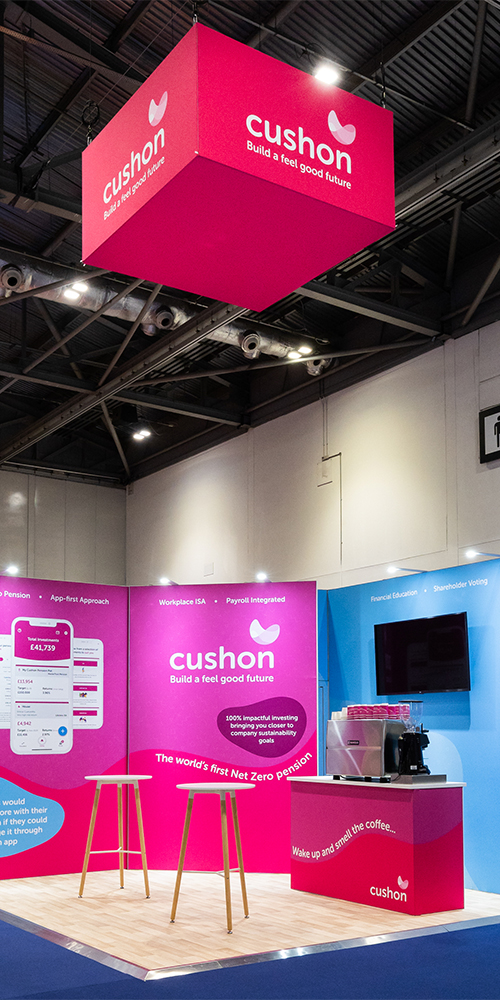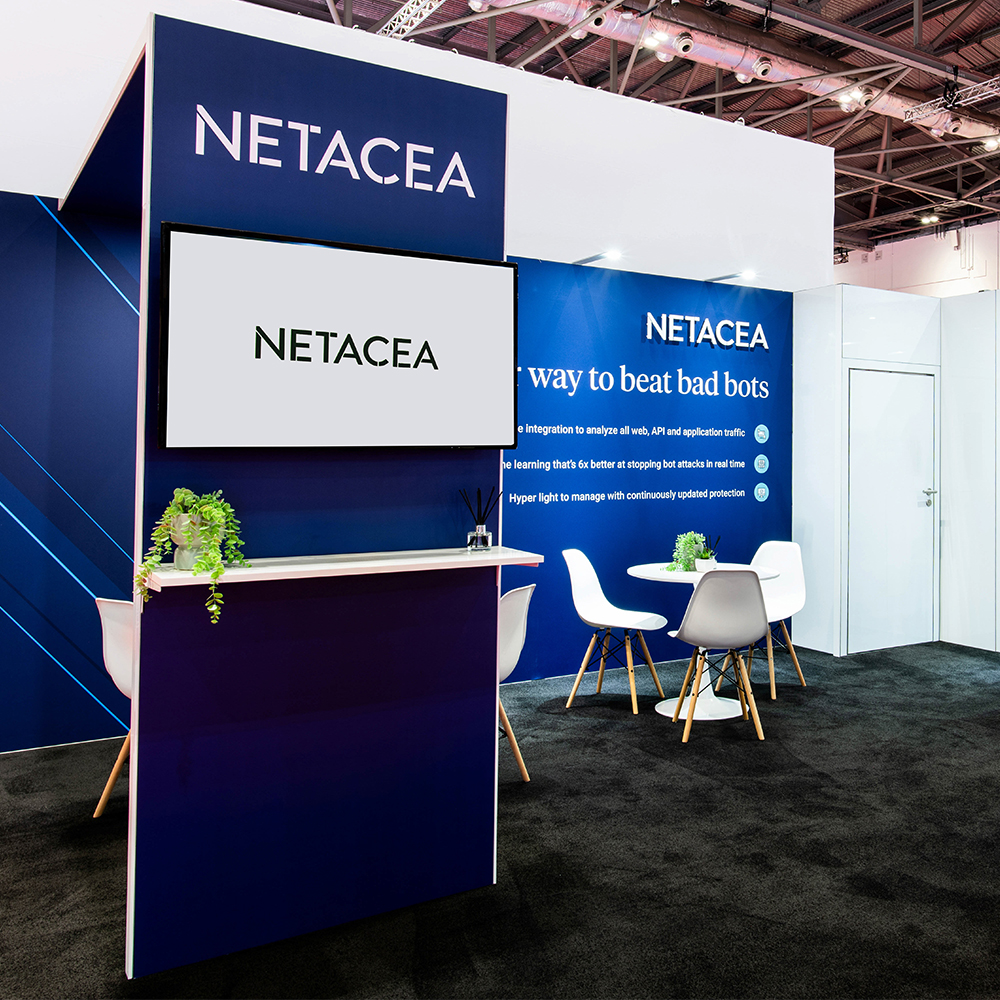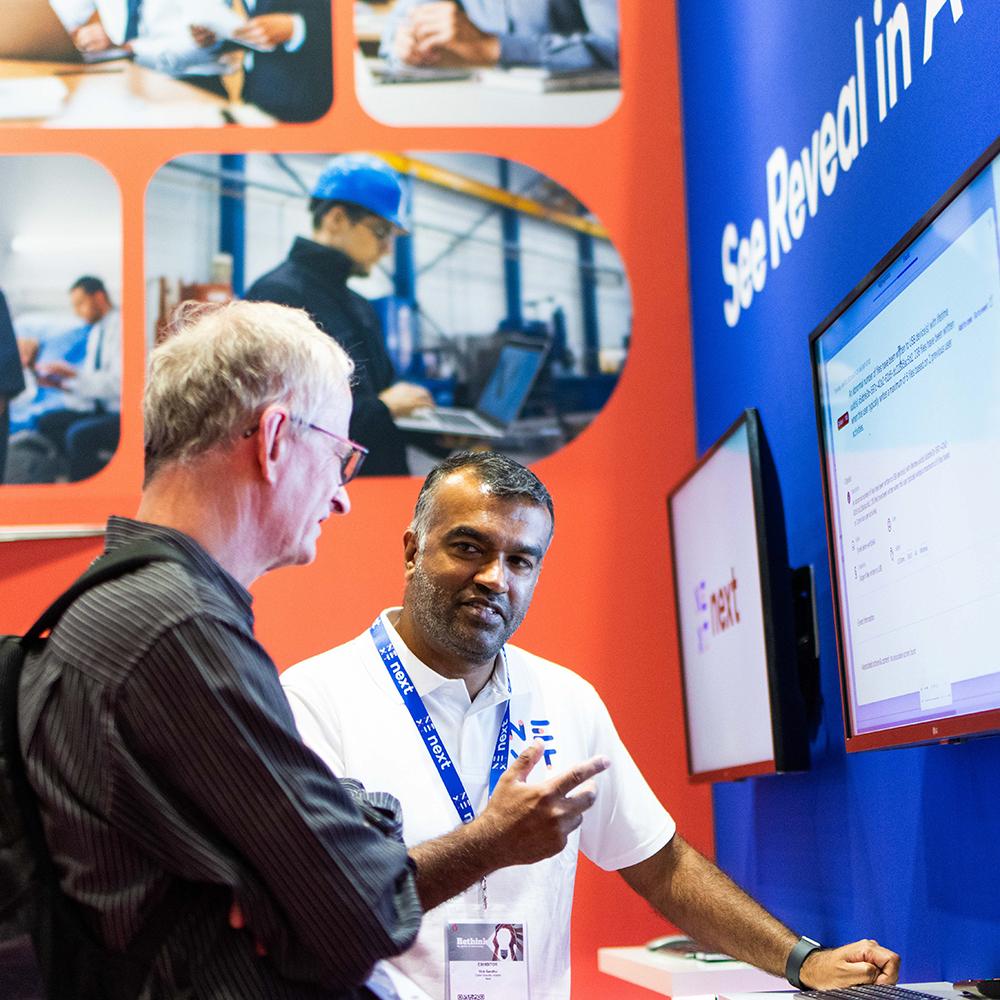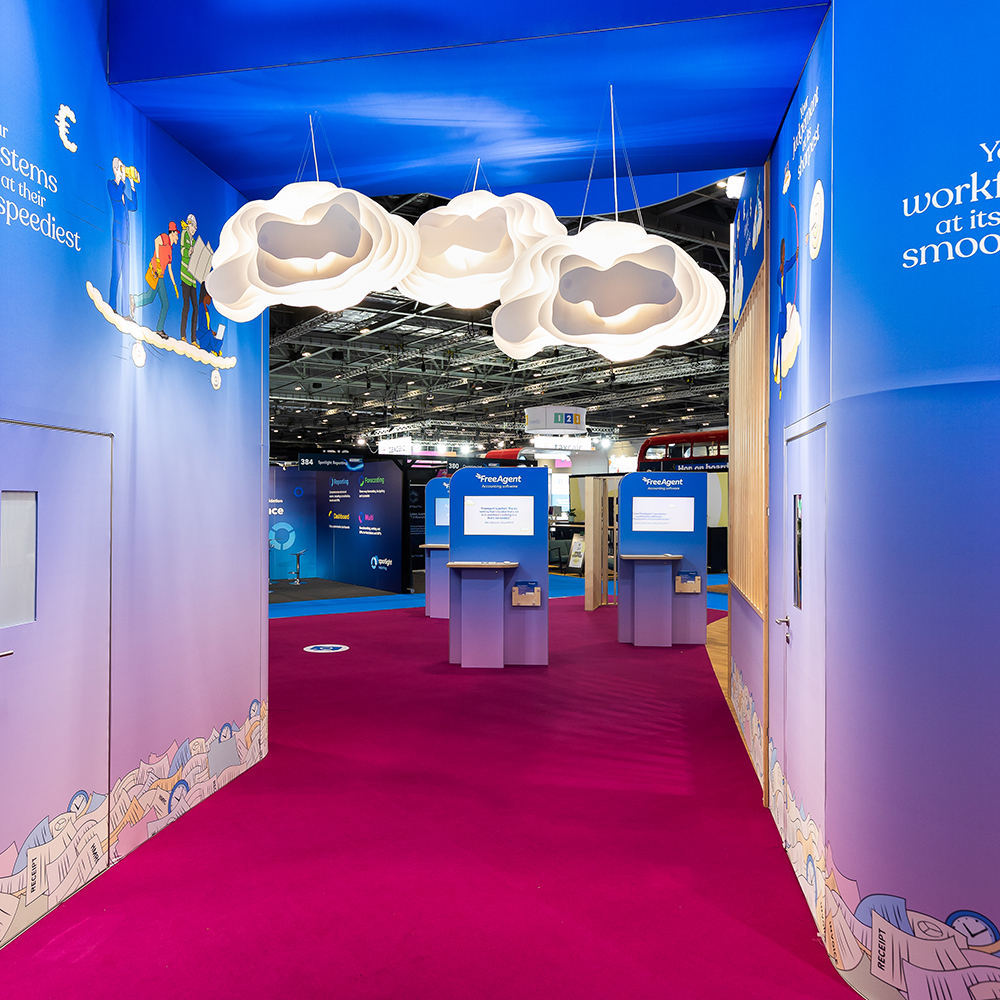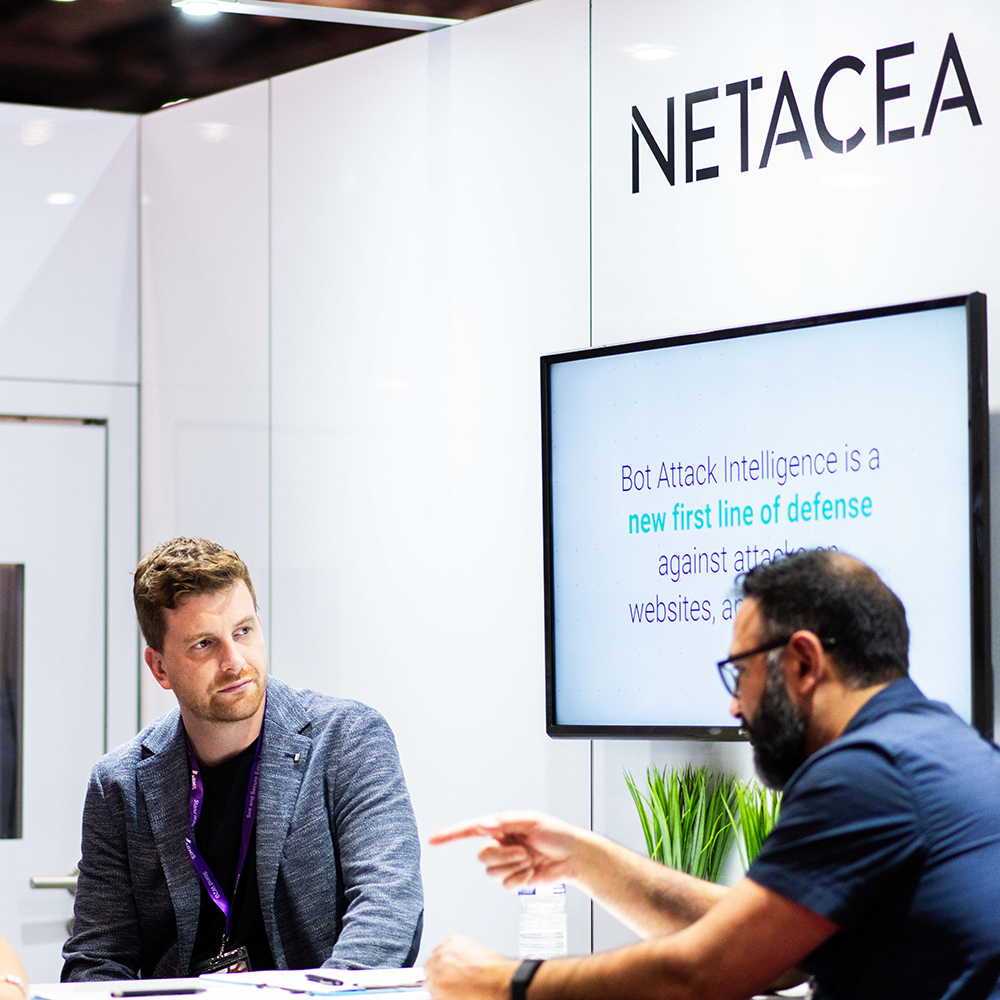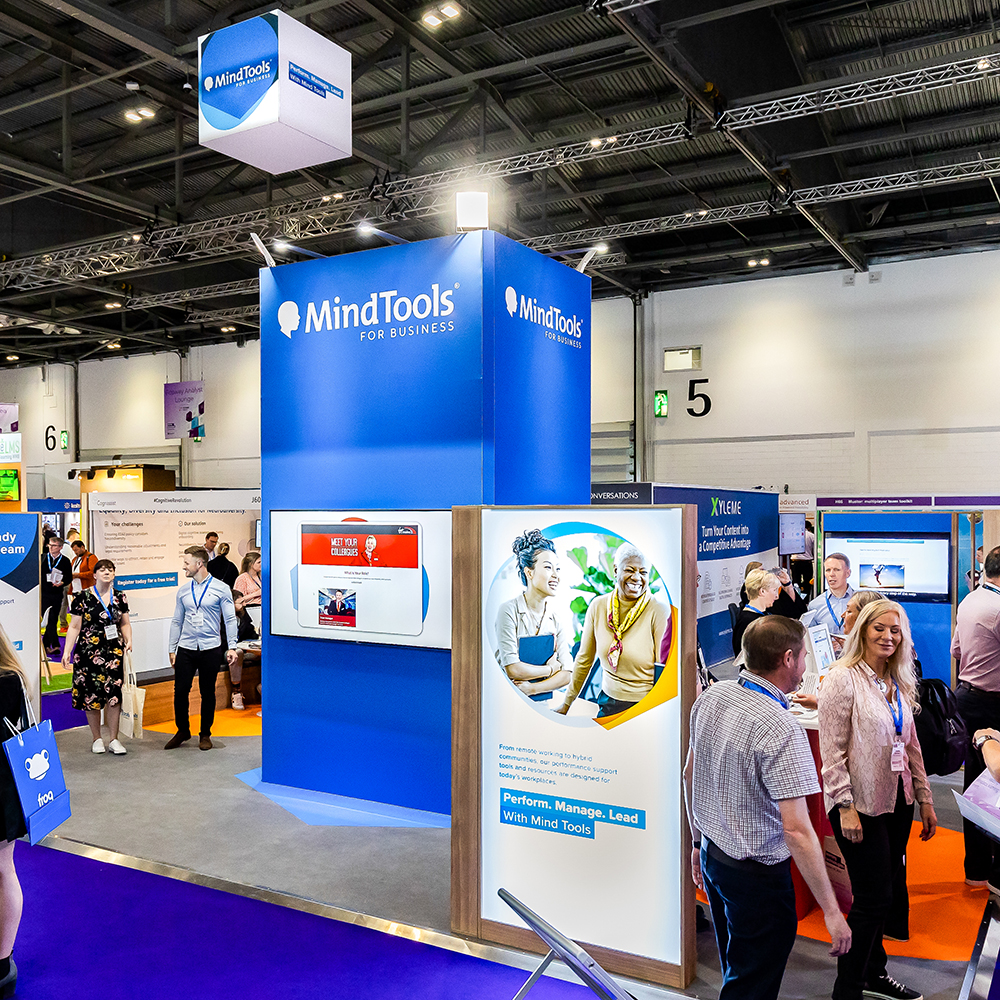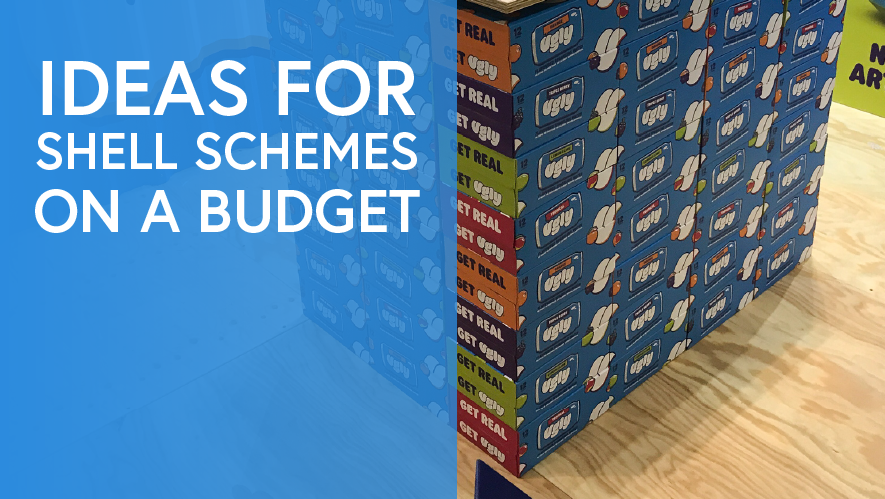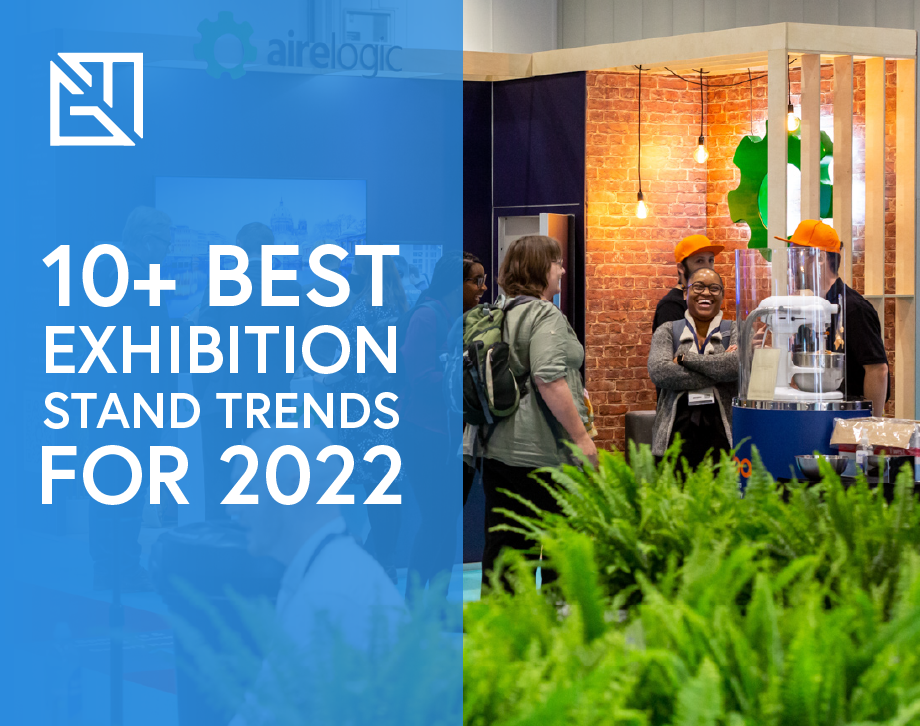Read on to discover how to design an accessible trade show stand, and in doing so, opening up your business to a wider audience.
If you’ve exhibited in the past, you’ll already know just how impactful trade shows can be for growing your business. It’s a rare opportunity to place your brand centre stage in a hall jammed packed with your target audience. Besides providing an excellent ROI, it also brings an industry together under one roof, building camaraderie and allowing meaningful connections to be made and invaluable knowledge shared.
This said, as exhibitors our show experience can only be as good as the experience of our visitors. For this reason, it’s our duty to ensure that everyone can access and benefit from what our stand has to offer, no matter their level of physical ability.
At Graphic Mill, we understand the importance of designing accessible trade show stands, allowing you to purchase a stand that permits inclusivity and opens possibilities for all clients, whilst also strengthening your brand reputation. To achieve this, there’s a set of fundamental rules we try to adhere to.
Designing an accessible trade show stand
We first study how our clients and visitors to their stand intend on using it. For example, is the main function of the stand to provide a meeting space with tables, bars and seating, or is the stand to utilise screens which people can position themselves around and watch presentations from? With this knowledge in mind, we can then look to design a layout that gives the appropriate spacing between furniture and other stand elements, whilst leaving ample room for wheelchair accessibility or those who simply aren’t able to navigate tight spaces. With raised sub flooring often being featured on stands, we also make sure sturdy trim is installed, providing ramped access up to the stand. This is a frequently overlooked consideration, but one we insist upon implementing when designing an accessible trade show stand.
Another area which is often overlooked when designing an accessible trade show stand, is how well lit it is. When discussing lighting with a client, it’s usually with the sole aim of providing a beautifully illuminated space that stands out amongst competitors. The other benefit of professionally lighting your stand is that you ensure there aren’t any dim spots. This ensures that those with compromised sight have an easier experience when reading display graphics and navigating around the stand. This ease of navigation can also be improved by keeping the walk ways free of clutter such as coats, bags, drinks, giveaways and literature. To help our clients in achieving this, we look to integrate clever storage at every opportunity. This might include hidden cupboard space behind your counter, or a walk in cupboard which houses shelving and coat hooks.
Further Considerations
I previously mentioned sub-flooring and the importance of ramped trim to allow wheelchair users and those with mobility difficulties safe access to your stand. The main benefit of a subfloor is the ability it gives you to neatly hide the cabling from lights, chargers and other powered stand elements. By running said cables directly under the floor, it eliminates the need to have them running over your floor and the resulting trip hazards.
One final consideration when designing an accessible trade show stand, is how your AV (audio and visuals) can be enjoyed by those who are hard of hearing and have a visual impairment. We always promote going ‘big and bold’ with your wall graphics, but you should also make sure any screen based presentation or software demo has the ability to be viewed in an enlarged format, specifically allowing any text to be read in a larger size. Headphones should also be made available to allow those who may otherwise struggle to hear your content over the din of a busy exhibition hall appreciate your content.
By carefully considering the above, you can really open up your exhibition stand to be enjoyed by a wider audience. It also shines a light on your business and how you’re making positives strides towards inclusivity.


